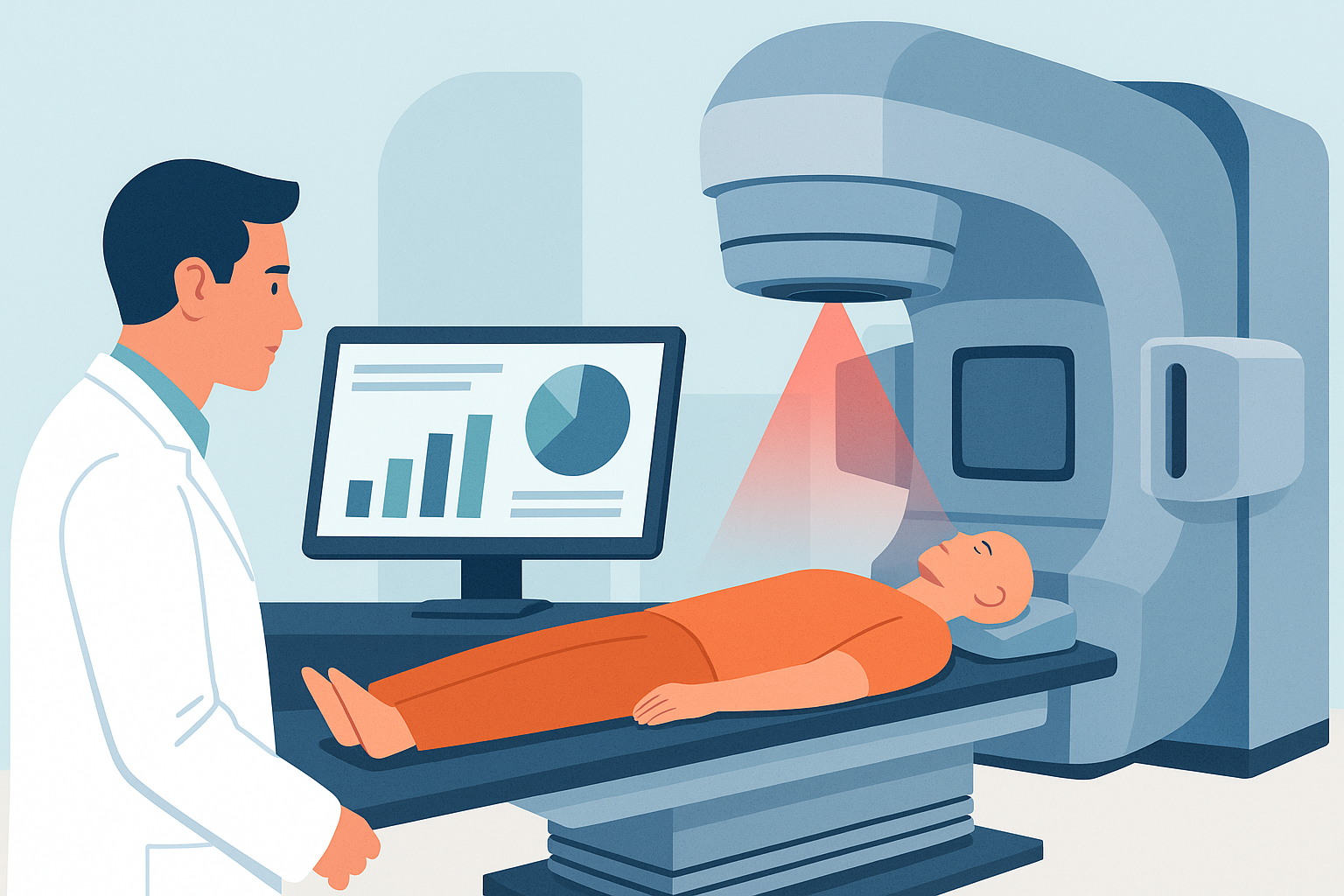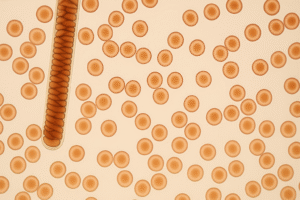In today’s era of modern cancer treatment, radiation therapy remains one of the most widely used and effective options. Whether it’s delivered as a standalone treatment or combined with surgery and chemotherapy, radiation plays a vital role in helping patients live longer, healthier lives.
But many patients and families still ask a crucial question:
What is the success rate of radiation therapy in 2025?
Let’s explore the answer — backed by data, real outcomes, and expert insights from our team at Shaman Cancer Care.
What Is Radiation Therapy?
Radiation therapy destroys cancer cells by using high-energy beams (usually X-rays or protons). By targeting only the affected area, it minimizes damage to surrounding healthy tissues.
It can be used to:
- Cure cancer
- Shrink tumors before surgery
- Prevent recurrence after surgery
- Relieve symptoms in advanced stages
There are different types — external beam radiation, brachytherapy, and stereotactic radiation (SRS/SBRT) — depending on the cancer type and stage.
What Is the Success Rate of Radiation Therapy in 2025?
As of 2025, success rates have improved significantly due to technological advancements, precise imaging, and personalized planning.
General Overview of Success Rates:
|
Cancer Type |
Success Rate with Radiation (2025) |
|
Breast Cancer |
85–95% (early stage) |
|
Cervical Cancer |
60–80% depending on stage |
|
Throat Cancer |
70–85% for localized tumors |
|
Brain Tumors (benign) |
80–90% tumor control |
|
Stage 3 Cancers |
40–60% survival improvement |
|
Stage 4 Cancers |
25–40% symptom control, life extension |
Important: Cancer biology, age, stage, and overall health all affect these numbers.
At Shaman Cancer Care, our team uses customized treatment protocols to improve outcomes and quality of life.
What Is the Success Rate of Radiation Therapy for Brain Tumors?
For benign brain tumors like meningiomas or acoustic neuromas, stereotactic radiosurgery (SRS) has a 90%+ success rate in controlling growth.
For malignant brain tumors like glioblastomas, radiation offers tumor control and symptom relief, though not always a cure. Combined with chemotherapy (like temozolomide), radiation helps extend survival.
What Is the Success Rate of Radiation Therapy for Throat Cancer?
Throat cancer (including laryngeal or oropharyngeal cancer) responds very well to radiation.
- Early stage: 80–90% cure rate
- Advanced stage: 60–70% success with radiation + chemotherapy
Advanced imaging and IMRT (Intensity-Modulated Radiation Therapy) help target tumors without affecting speech or swallowing.
What Is the Success Rate of Radiation Therapy for Breast Cancer?
In early-stage breast cancer, radiation after lumpectomy reduces recurrence risk by ~50–70% and improves long-term survival.
- Success rate: Up to 95% in stage I or II cases
Also effective in triple-negative and HER2-positive cancers when used with targeted therapy

What Is the Success Rate of Radiation Therapy for Cervical Cancer?
In cervical cancer, especially in stages II and III, radiation combined with chemotherapy remains the standard of care.
- Stage I: ~90% survival with surgery + radiation
- Stage II-III: 60–70% with chemoradiation
- Stage IV: Used for palliation and symptom relief
At Shaman Cancer Care, we use image-guided brachytherapy to deliver radiation directly inside the cervix for better precision.
What Is the Success Rate of Radiation Therapy Stage 3?
In stage 3 cancers (where the tumor is large or spread to nearby lymph nodes), radiation can offer significant disease control.
- Lung, cervical, rectal, and breast cancers at stage 3 can see survival benefits of 40–60% when radiation is used correctly.
- Pre-surgery shrinkage or curative treatment are often the goals here.
What Is the Success Rate of Radiation Therapy Stage 4?
Radiation is not usually curative in stage 4 cancer, but it’s a game-changer in managing symptoms:
- Bone pain relief: >75% effectiveness
- Bleeding control: 60–90% depending on site
- Brain metastases: Reduced pressure & seizures
Even in stage 4, radiation therapy improves comfort, extends survival, and preserves dignity.

10 Advantages of Radiation Therapy
- Non-invasive (no cuts or stitches)
- Painless treatment
- Targeted — spares healthy tissue
- Outpatient in most cases
- Can be combined with other treatments
- Effective for both early & advanced stages
- Reduces recurrence risk
- Minimal long-term side effects with modern tech
- Quick recovery time
- Proven success across multiple cancer types
Disadvantages of Radiation Therapy
Like all treatments, radiation has some risks:
- Fatigue during/after treatment
- Skin irritation or burns (temporary)
- Local tissue damage (rare with modern tools)
- Long-term side effects (in rare cases: fibrosis, infertility)
- Pregnant women and cancer patients are not suitable
That’s why we personalize every plan at Shaman Cancer Care to ensure safety and success.
Final Thoughts: Is Radiation Therapy Successful in 2025?
Absolutely — when used correctly and strategically, radiation therapy in 2025 remains one of the most successful cancer treatments available.
Whether it’s:
- Curing early-stage breast or throat cancer
- Controlling brain tumors
- Relieving pain in stage 4 disease
…radiation offers hope, healing, and time.
Why Choose Shaman Cancer Care for Radiation Therapy?
At Shaman Cancer Care, we combine:
- Latest radiation machines
- Expert radiation oncologists
- Personalized planning software
- Emotional and nutritional support
Because for us, success isn’t just about tumor control — it’s about giving you your life back.
FAQ
No. It’s painless. You may feel tired afterward, but the procedure itself doesn’t hurt.
Yes, for many early-stage cancers. It can also control or shrink advanced tumors.
Depends on the cancer type. Could range from 1 to 30+ sessions.
More precise tech like AI-guided planning, proton therapy, and real-time imaging.







